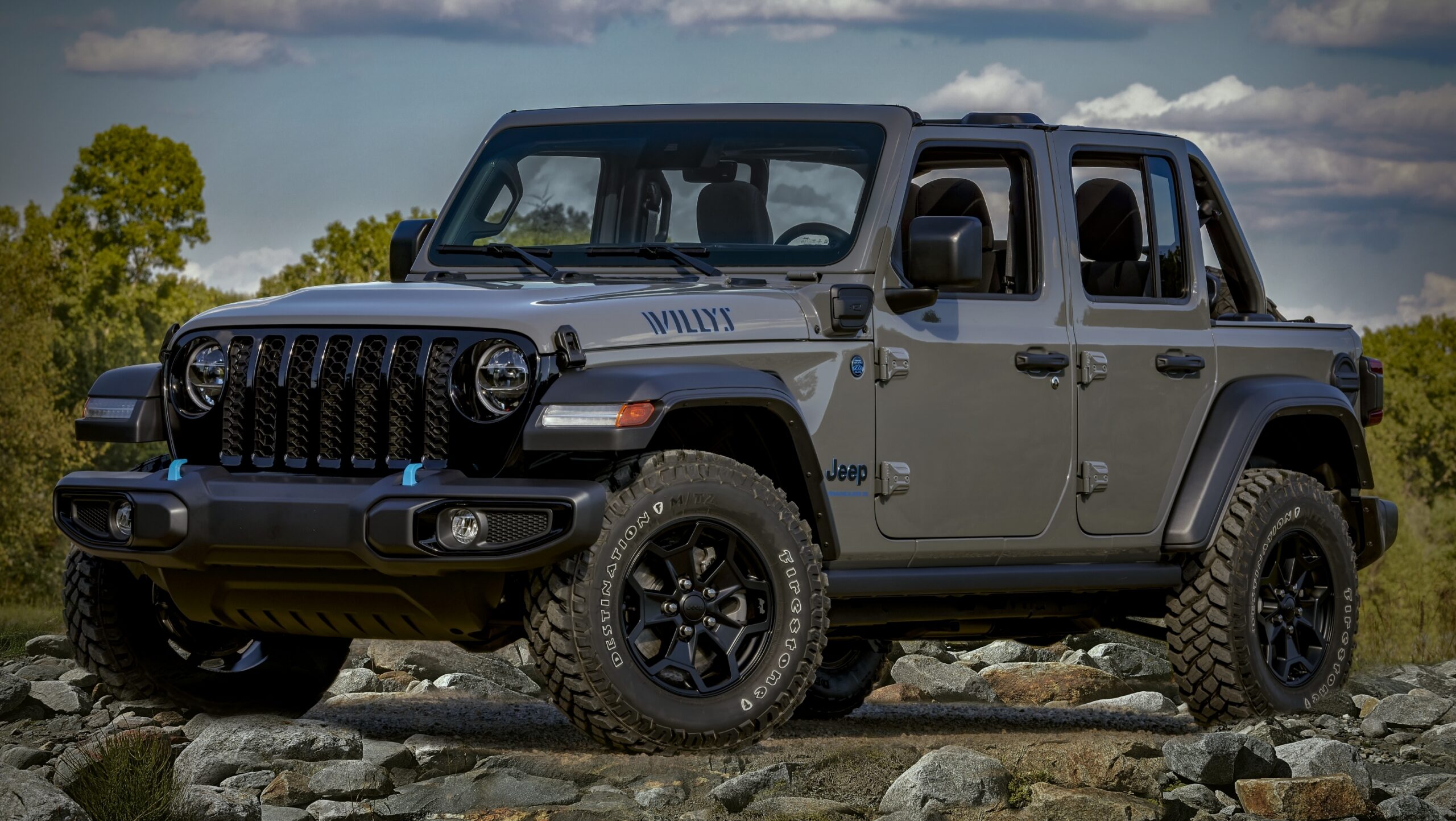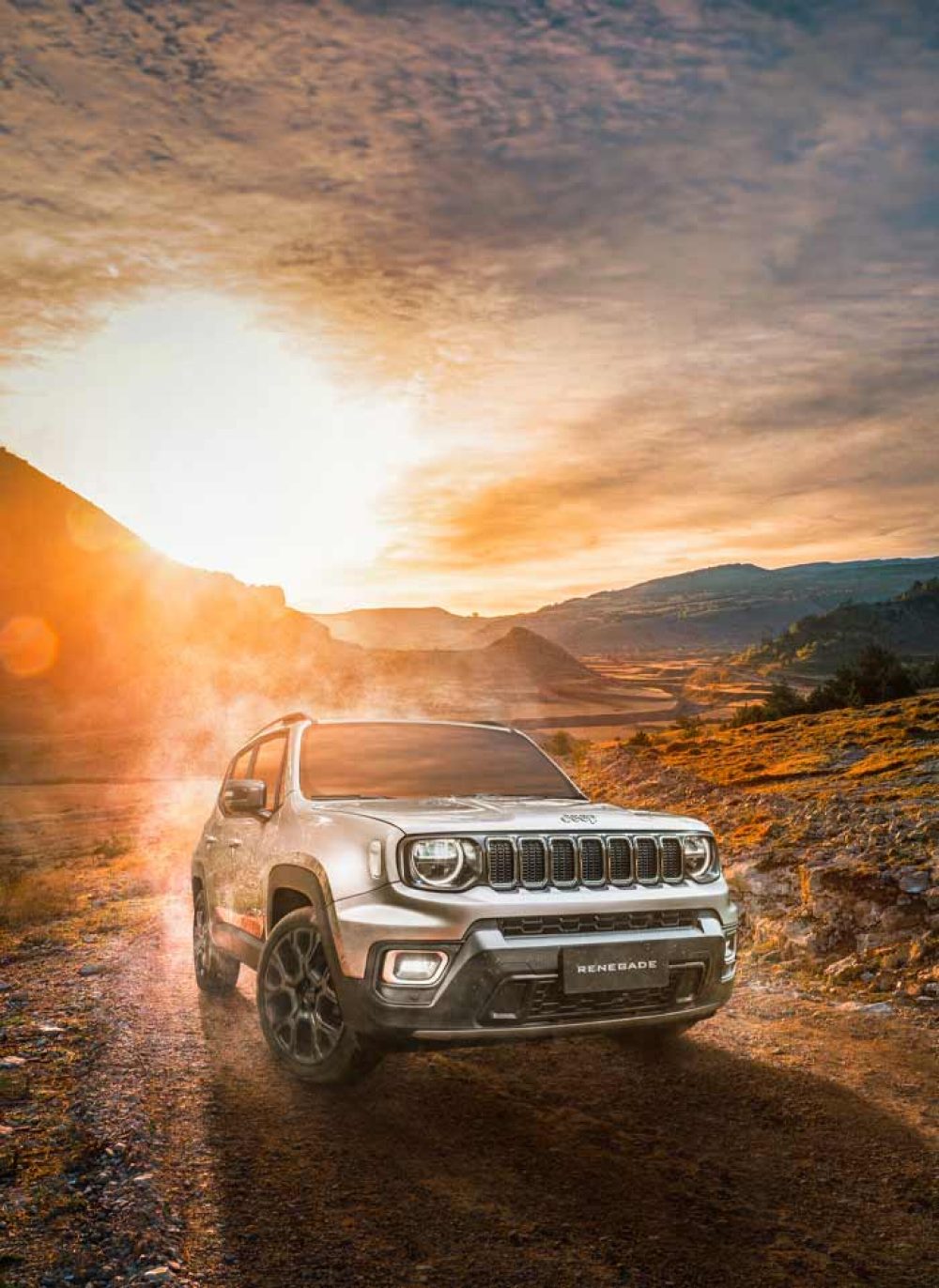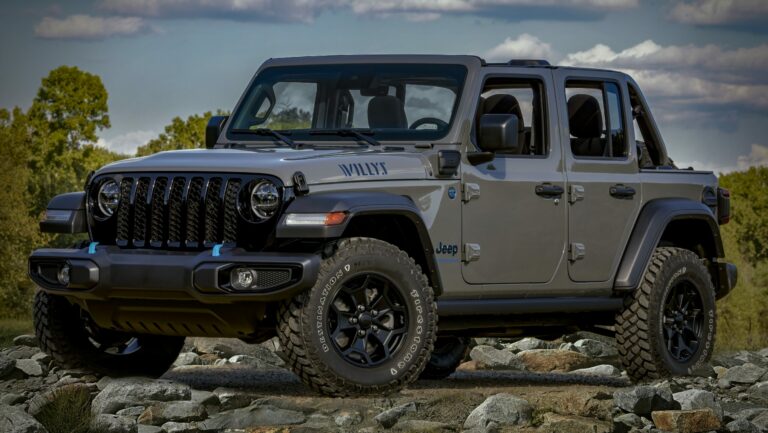Jeep Dana 300 For Sale: Your Comprehensive Guide to a Legendary Transfer Case
Jeep Dana 300 For Sale: Your Comprehensive Guide to a Legendary Transfer Case jeeps.truckstrend.com
In the rugged world of off-roading, where trails demand robust performance and reliability, certain components achieve legendary status. Among these, the Jeep Dana 300 transfer case stands as a beacon of durability, simplicity, and unmatched adaptability. If you’re an avid Jeeper looking to upgrade your rig, embark on a serious build, or simply replace a worn-out component, the phrase "Jeep Dana 300 For Sale" likely piques your interest. This comprehensive guide will delve into everything you need to know about this iconic transfer case, from its origins and benefits to what to look for when buying, and how to make it perform even better.
What is the Jeep Dana 300 Transfer Case?
Jeep Dana 300 For Sale: Your Comprehensive Guide to a Legendary Transfer Case
The Dana 300 is a gear-driven, cast-iron transfer case renowned for its strength and compact design. It was factory-installed in Jeep CJ models from 1980 to 1986, specifically the CJ-5, CJ-7, and CJ-8 (Scrambler). Prior to this, Jeeps often used the venerable Dana 18 and Dana 20 transfer cases, but the Dana 300 brought improvements in strength and a slightly lower low-range ratio.
Unlike many modern transfer cases that rely on internal chains, the Dana 300 utilizes a robust system of gears to transfer power from the transmission to the front and rear driveshafts. This gear-driven design is a major reason for its bulletproof reputation, offering superior reliability and longevity, especially under the extreme stresses of rock crawling and heavy off-road use. It features a standard low-range ratio of 2.62:1, which, while not as low as some specialized aftermarket units, is significantly better than the Dana 20’s 2.03:1. Crucially for many builds, it also features a passenger-side front output, making it compatible with a wide array of axle swaps common in older Jeeps.
Why is the Dana 300 Still Highly Sought After?
Despite being out of production for decades, the Dana 300 remains one of the most desirable transfer cases for serious off-roaders and custom Jeep builders. Its enduring popularity stems from several key attributes:
- Unmatched Durability: The cast-iron housing and gear-driven internals make the Dana 300 incredibly tough. It can withstand significant abuse from oversized tires, powerful engines, and challenging terrain without failing. Many enthusiasts refer to it as "bulletproof."
- Compact Size: Its relatively small footprint allows for better ground clearance and easier integration into custom chassis or vehicles with limited space, a significant advantage over bulkier modern units.
- Exceptional Aftermarket Support: The Dana 300 boasts one of the most extensive aftermarket ecosystems in the off-road world. This includes everything from heavy-duty output shafts, 4:1 low-range gear sets, twin stick shifters, and various adapter kits to mate it with almost any transmission.
- Versatility and Adaptability: Thanks to its design and the availability of adapter plates, the Dana 300 can be paired with a wide range of transmissions, including manual transmissions like the SM465, NV4500, and automatic transmissions like the TH350 or 700R4. This makes it an ideal choice for engine and transmission swaps in various Jeep models (YJ, TJ, XJ, etc.) that didn’t originally come with a Dana 300.
- Ease of Maintenance and Rebuilding: Its simple, gear-driven design makes the Dana 300 relatively easy to disassemble, inspect, and rebuild. Parts are readily available, ensuring a long service life.
- Passenger-Side Front Output: For those running older Jeep models or doing custom builds that utilize a passenger-side drop front axle (common with Dana 44, Dana 60, or older Ford 9-inch setups), the Dana 300 is a natural fit, eliminating the need for costly and complex cross-over driveline modifications.

Key Considerations When Looking for a Dana 300 For Sale
![]()
Finding the right Dana 300 for your project requires careful consideration. Here’s what to look for:
- Overall Condition:
- Cracks: Inspect the cast-iron housing thoroughly for any signs of cracks, especially around mounting points or output areas. Small, hairline cracks can propagate under stress.
- Leaks: Check for oil leaks around seals (input, front output, rear output) and along the case halves. While seals are replaceable, extensive leaking might indicate worn shafts or neglected maintenance.
- Shaft Play: Grasp the input and output shafts and try to wiggle them. Excessive play can indicate worn bearings or shafts, requiring a rebuild.
- Drain Plug/Fill Plug Condition: Stripped plugs are a nuisance.

- Input Shaft Spline Count: This is perhaps the most critical compatibility factor. Dana 300s came with different input spline counts depending on the original transmission:
- 21-spline: Paired with the T-4 and T-5 manual transmissions.
- 23-spline: Paired with the T-176 manual transmission and the TF999 automatic.
- 27-spline: Less common, but some aftermarket inputs or special order units might have this.
- Actionable Insight: Always confirm the input spline count of the Dana 300 you are considering and ensure it matches or can be adapted to your transmission.
- Completeness: Is the unit complete with shifter linkage, speed sensor (if applicable for your setup), and output yokes? Missing components can add to your overall cost.
- Modifications: Has the unit been modified?
- 4:1 Low Range Kit: A significant upgrade for rock crawling, but adds to the price. Confirm the brand (TeraFlex, JB Conversions are popular).
- Twin Stick Shifter: Allows independent control of front and rear axles (2WD Low, Front Dig). A desirable mod.
- Heavy-Duty Output Shafts: Upgraded rear (e.g., 32-spline) or front output shafts enhance strength.
- Clocking Ring: Allows rotating the transfer case for better ground clearance or driveshaft angles.
- Actionable Insight: Determine if you want a stock unit to build from, or if a pre-modified unit meets your needs and budget. A modified unit might save you time and money on upgrades.
- History and Usage: Ask the seller about the unit’s history. Was it in a daily driver or a dedicated trail rig? How many miles are on it? While hard use isn’t necessarily a deal-breaker for a Dana 300, it helps manage expectations regarding wear.
- Price: Prices vary widely based on condition, location, and included modifications. Be prepared to pay more for a rebuilt or upgraded unit.
Where to Find a Jeep Dana 300 For Sale
Locating a Dana 300 requires a bit of searching, but they are still out there:
- Online Marketplaces: Craigslist, Facebook Marketplace, and eBay are common places. Be wary of shipping costs for such a heavy item.
- Specialized Forums: Dedicated Jeep forums (e.g., Pirate4x4, Jeepforum, IH8MUD for Land Cruisers but often have cross-compatible parts) often have "for sale" sections where enthusiasts sell parts.
- Off-Road Swap Meets and Events: These are excellent opportunities to inspect units in person and negotiate prices.
- Salvage Yards/Junkyards: Particularly those specializing in older Jeeps. You might find a bargain, but condition will be a gamble.
- Off-Road Parts Dealers/Shops: Some specialized shops buy, rebuild, and sell Dana 300s, often at a premium but with a guarantee.
What to Ask the Seller
When you find a potential Dana 300, prepare a list of questions:
- "What vehicle did this come out of?" (Helps confirm original spline count).
- "Are there any known leaks, noises, or issues?"
- "Has it ever been rebuilt or modified? If so, what was done?"
- "Can you provide detailed photos/videos of all sides, especially the mounting points and output shafts?"
- "What is the input spline count?" (Crucial!)
- "Is the shifter linkage included?"
- "What type of fluid was run in it?" (Indicates care).
- "Are you firm on the price, or is it negotiable?"
Installation and Upgrade Tips
Once you have your Dana 300, proper installation and potential upgrades can unlock its full potential:
- Inspection and Rebuild: Even if buying a "good used" unit, consider a basic rebuild. Replace all seals and inspect bearings. Rebuild kits are affordable and readily available. This is cheap insurance.
- Fluid Selection: Use a high-quality GL-4 or GL-5 gear oil (check manufacturer recommendations for specific gear sets if upgraded).
- Mounting and Alignment: Ensure proper mounting and alignment with your transmission and driveshafts to prevent vibrations and premature wear. Aftermarket skid plates and cross members might be needed.
- Common Upgrades:
- 4:1 Low Range Gears: For serious rock crawling, this is a game-changer, providing superior crawl control.
- Twin Stick Shifter: Allows independent control of front and rear outputs, enabling "front dig" (locking the rear and pivoting on the front axle) or 2WD Low range for better maneuverability.
- Heavy-Duty Output Shafts: If running large tires and high horsepower, upgrading the rear output to a 32-spline unit significantly increases strength.
- Input Shaft Adapter: If your transmission’s spline count doesn’t match the Dana 300’s, an adapter or new input shaft will be necessary.
- Clocking Ring: Useful for flat belly conversions, allowing you to rotate the transfer case upwards for more ground clearance.
Challenges and Solutions
While the Dana 300 is fantastic, there can be challenges:
- Finding a Good One: Patience is key. Good units are in demand. Solution: Broaden your search, join forums, attend swap meets.
- Compatibility Issues: Input spline count is the biggest hurdle. Solution: Thorough research on your transmission’s output spline and the Dana 300’s input. Be prepared for adapter costs.
- Shipping Costs: Transfer cases are heavy. Solution: Factor shipping into your budget or prioritize local pickup.
- Rebuilding: While straightforward, it requires some mechanical aptitude and special tools (bearing pullers, seal drivers). Solution: DIY with a good manual, or pay a reputable shop for a professional rebuild.
Jeep Dana 300 For Sale: Estimated Price Guide
Prices for a used Jeep Dana 300 can fluctuate significantly based on condition, location, and included upgrades. The table below provides a general estimate.
| Condition Category | Standard Features Included | Common Upgrades Often Present | Estimated Price Range (USD) | Notes & Considerations |
|---|---|---|---|---|
| Core/As-Is | Bare case, possibly seized, unknown internal condition | None | $100 – $300 | Best for complete rebuilds; may have internal damage or cracks. Buyer beware. |
| Used – Good | Complete unit, no major external damage, no obvious leaks | Stock 2.62:1 low range, original input/output yokes | $400 – $800 | Functional, but likely needs new seals, bearings, and fluid. Good candidate for upgrades. |
| Used – Rebuilt | Recently rebuilt with new seals, bearings, and possibly minor wear parts | Stock 2.62:1 low range, may have new input/output yokes | $800 – $1,200 | Professionally inspected and refreshed. Offers more peace of mind. |
| Used – Upgraded | Rebuilt unit with specific performance enhancements | 4:1 low range gear set, twin stick shifter, heavy-duty output shafts, clocking ring | $1,200 – $2,500+ | Ready for serious off-roading. Price depends heavily on the quality and extent of upgrades. |
| New/Remanufactured | Not applicable (no new Dana 300s). Only fully custom-built versions from specialty shops. | Custom specifications, new components throughout | $2,500 – $4,000+ | Very rare. Built from scratch or heavily remanufactured by specialists. Highest quality and price. |
Disclaimer: These prices are estimates and can vary based on market demand, seller reputation, and geographic location. Always inspect the unit thoroughly or buy from a trusted source.
Frequently Asked Questions (FAQ) about the Jeep Dana 300
Q1: What Jeeps came with the Dana 300 transfer case?
A1: The Dana 300 was factory-installed in Jeep CJ models from 1980 to 1986 (CJ-5, CJ-7, and CJ-8 Scrambler).
Q2: Is the Dana 300 gear-driven or chain-driven?
A2: The Dana 300 is gear-driven, which contributes significantly to its reputation for strength and reliability compared to chain-driven units.
Q3: What’s the low range ratio of a stock Dana 300?
A3: A stock Dana 300 has a low range ratio of 2.62:1. Aftermarket kits are available to upgrade this to 4:1 or even lower.
Q4: Can I put a Dana 300 in my TJ/YJ/XJ?
A4: Yes, the Dana 300 is a popular swap for YJ, TJ, and XJ models. However, it requires adapter plates to mate with your transmission and may necessitate driveline modifications due to its passenger-side front output.
Q5: What’s a twin stick shifter for a Dana 300?
A5: A twin stick shifter replaces the single factory shift lever, providing two separate levers – one for the front axle and one for the rear. This allows independent control, enabling options like 2WD Low, neutral in front while driving with rear (front dig), or vice versa, which is highly beneficial for technical off-roading.
Q6: What should I look for when buying a used Dana 300?
A6: Key things to check are cracks in the housing, excessive play in the shafts, signs of fluid leaks, and confirming the input shaft spline count (21 or 23 are most common). Ask about its history and any known issues.
Q7: Are rebuild kits readily available for the Dana 300?
A7: Yes, due to its popularity, comprehensive rebuild kits including seals, bearings, and gaskets are widely available from various aftermarket suppliers.
Conclusion
The "Jeep Dana 300 For Sale" listing represents more than just a transfer case; it signifies an entry point into a world of enhanced off-road capability and customizability. Its legendary durability, gear-driven reliability, and extensive aftermarket support make it a top choice for anyone serious about building a formidable trail rig. By understanding its features, knowing what to look for during purchase, and exploring its upgrade potential, you can confidently acquire and transform this iconic component into the heart of your next off-road adventure. Choose wisely, inspect thoroughly, and prepare to experience the robust performance that only a Dana 300 can deliver.





